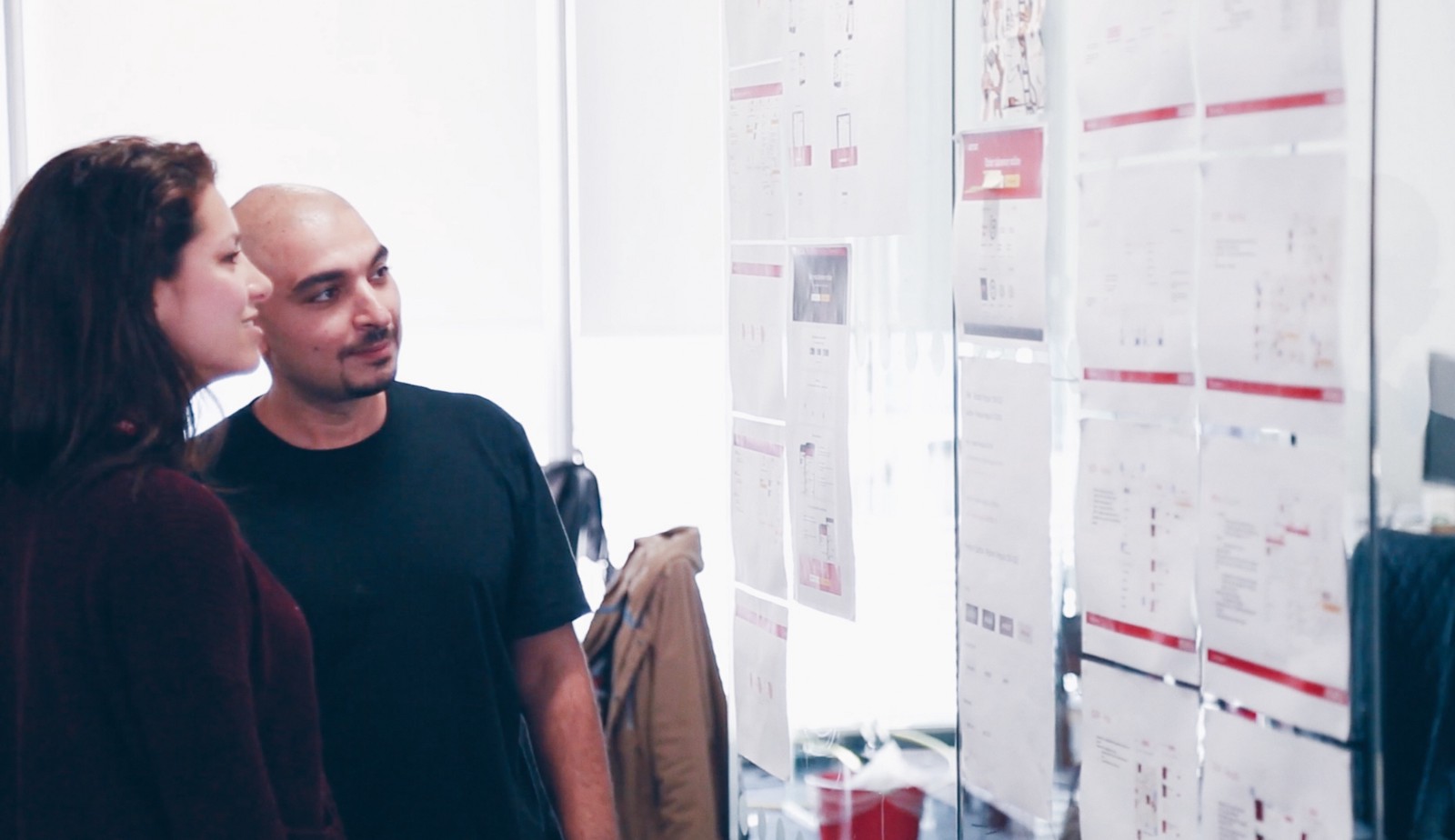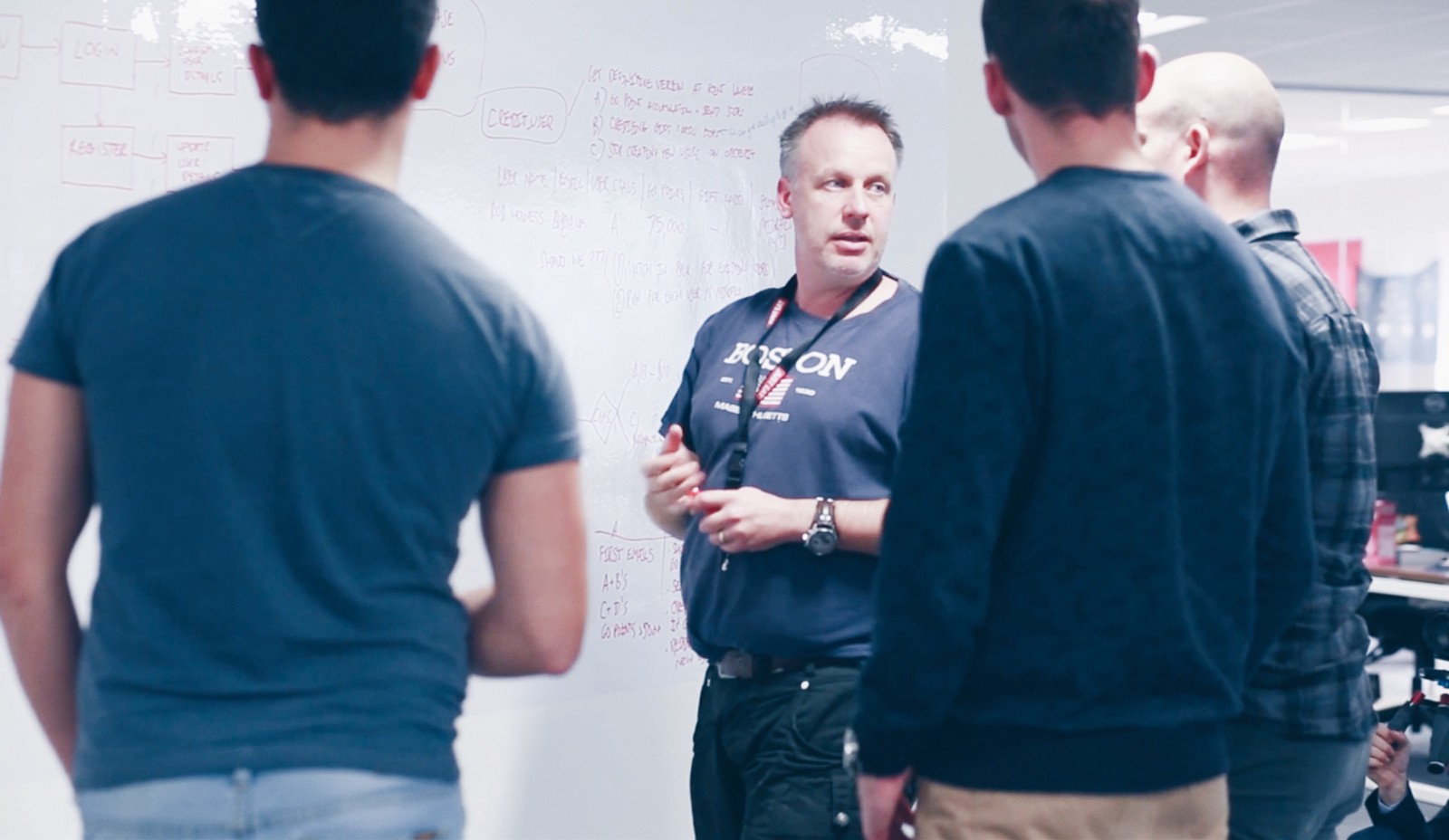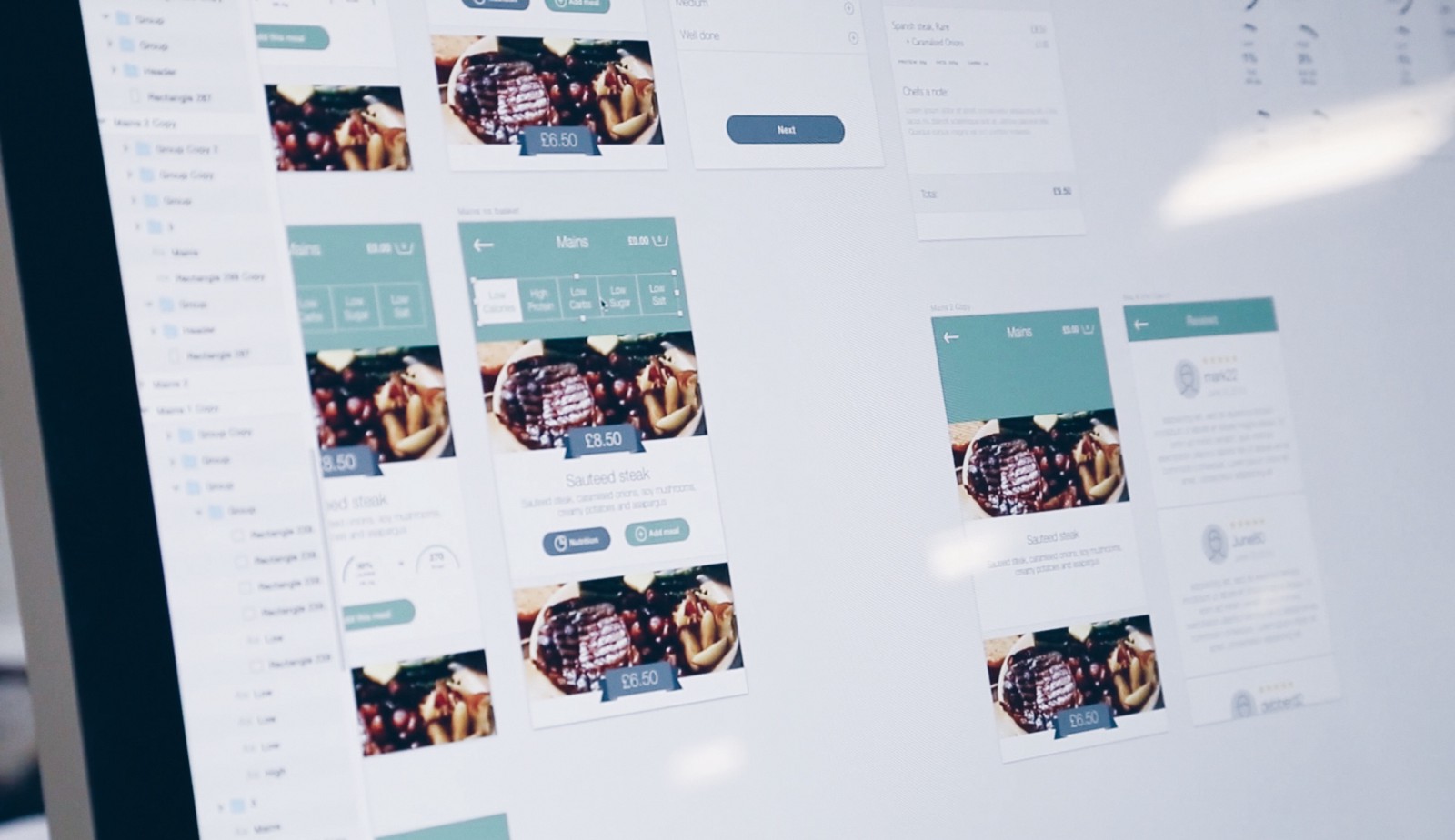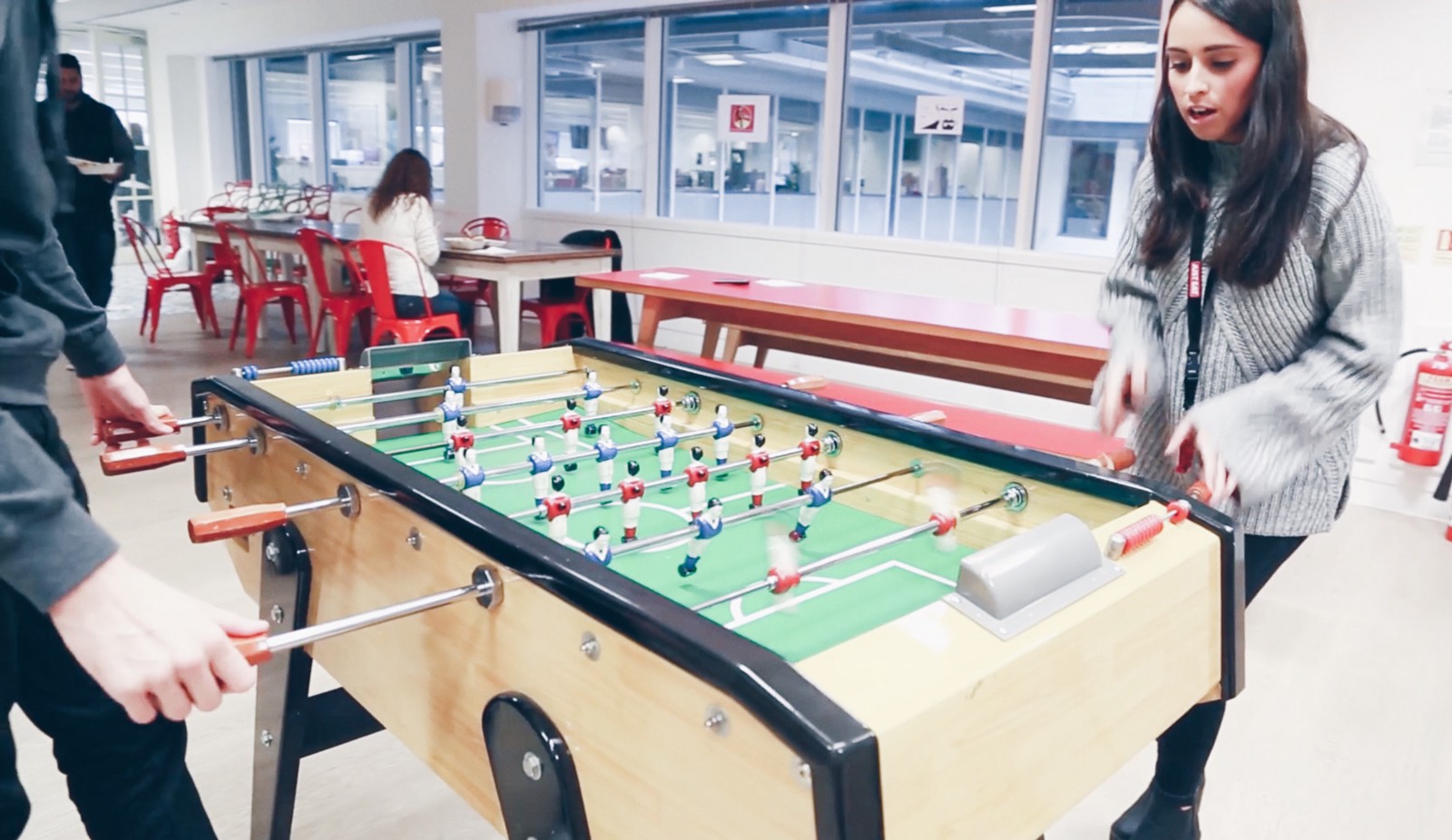Find out more about how the UX team work at Just Eat on our Just Eat design blog.
A while back I joined the JUST EAT UX design department to work in the Strategic Projects team. Working at the world’s leading digital marketplace for takeaway, with 11 million active users, and generates around £1 billion for the restaurant industry, is definitely a huge responsibility and it comes with a lot of challenges.
We design experiences to shape the future of food and technology. Our main focus is empowering consumers to love their takeaway experience, and everything we do is revolved around this idea. Working here means that you have to be frank, innovative, hard-working, and most of all, passionate.
Now let me give you some more insights.
The design process
Here at JUST EAT we don’t do design just for the sake of design. Our job is to understand the user’s problem, propose a hypothesis, research and validate, establish a testing approach and deliver a solution. All these can fit into three simple questions — what, who and how?
- What problem are we solving?— Being a designer means that we have to solve user problems while generating real business value. In terms of JUST EAT, that means improving the experience, building new features or identifying new opportunities that are easy to scale.
- Who are we addressing? — Creating personas based on qualitative and quantitative research. This is helping us figure out how our ideas are gonna fit into the real world, and will make it easier to validate those, or prioritise features. (Such as helping time sensitive customers get their food faster.)
- How are we solving it? — The third step is figuring out a way to solve the problem. This means doing research, validating ideas, prototype, design, test, and deliver. We’re not just sitting in front of a computer, we’re ‘getting our hands dirty’ by analysing data, having focus groups, doing usability testing, and so on. Most of the times we have to take small steps — like releasing a quick fix for a much bigger problem, until we can actually gather enough data to solve it properly.
We’re not alone on this though. Some of the best product managers, researchers, developers and other UX colleagues are gonna have your back. After all, one of our four values is ‘team’.
Teams
JUST EAT is growing fast. In 2015 we hired actively on all fronts, with 156 new employees. The UX team is now formed of 11 designers working between London and Bristol.
Before showing how we nailed this collaboration, let me give you some insights on how we work:
- Cross-platform — Every designer that’s part of our team knows how to work for web, iOS and Android. We try to embrace the platform, using the native behaviour as a starting point (based on the human interface/material design guidelines). Once in awhile we get overly excited and get involved in different small projects, like designing for Xbox or tvOS.
- Vertical teams — We’re split between autonomous teams, focusing on different objectives (Customer Acquisition, Retention, Strategic Projects, and so on). Most of the teams are formed of a Technology Manager, Product Manager, Business Intelligence, UX and Development — all working together to achieve the team’s OKRs.
- Agile — The same as most big companies, we’re guided by agile methodologies in order to allow incremental, iterative work between self organising, cross-functional teams.
Collaboration
Focusing on various objectives between two different cities makes it tricky to collaborate. There is no proper recipe on ‘how it should be done’ but along the way we realised it’s a mix of transparency, communication, and honest feedback.
- UX sync — Every week we have a general sync with all the design teams at JUST EAT. Everyone has to share ‘what they worked on’, ‘what they learned from it’ and ‘what’s the next step’. This way we make sure there are no overlapping projects and that we can get feedback before sending things to production.
- HipChat Room — We have a dedicated room for design conversations where we ask for feedback, share opinions, or post random gifs.
- Short catch-ups — Whenever we feel like we need to get a better understanding of something, we have a short hang-out. These are regular things at JUST EAT and it helps smoother transition between two projects built by different teams.
- UX guidelines — A short while ago we created our first JUST EAT guidelines (still a work in progress). Working across 15 countries on different features, and in separate teams, makes it hard to be consistent. These guidelines are helping us achieve that consistency — leading to a unified product.
All work and all play
JUST EAT has a reputation for being an fun and exciting place to work. Having a proper work-life balance is what helps us create a healthy environment, so finishing work at 4.30pm on Fridays, playing ping-pong, FIFA, or fussball are just regular activities here. And apart from the odd free takeaway, everyone brings cookies when they come back from holiday.
I hope this article gave you a bit of an understanding on what happens under the design curtain here at JUST EAT. And just so you know — we’re still on the look for great UX designers.



